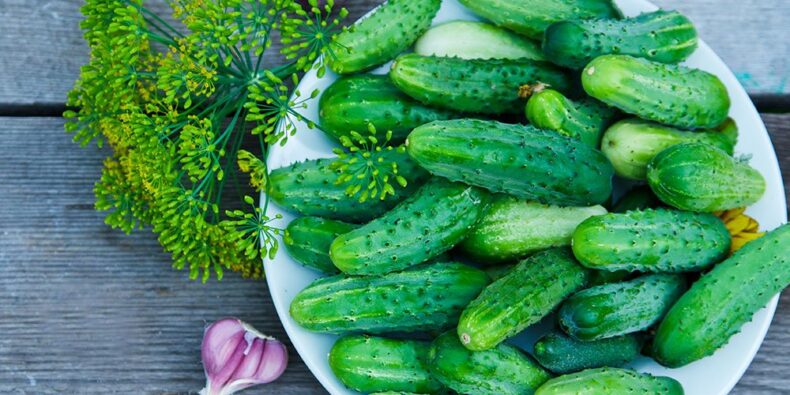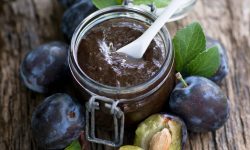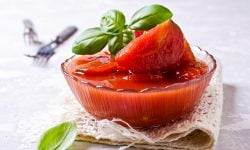As summer comes to an end, we are stocking up on all the delicious summer…
New to the delicious world of pickling? Here are a few tips to keep you on the right track:
TIPS FOR PICKLING
Pickling will not improve the texture of substandard produce. Preserve your fruits and vegetables when they’re fresh, and choose high quality produce so that you’re not disappointed with the end result.
Use pickling, canning, or kosher salt. Regular table salt has chemicals added to keep it from caking, and these chemicals can cause cloudiness in the final liquid. Iodized salt is also a poor choice, as the iodine can slow or stop fermentation, and affect final taste. Sea salt can also have unpredictable results, due to the unknown mineral content. The more salt you add, the slower the fermentation. The hotter the temperature, the faster things will ferment. Chances are, you’ll need more salt in the summer than in the winter.
If your water is quite chlorinated, it’s not the best choice for pickling (especially fermented pickles). Either use distilled water, or boil your water and let it sit for a few hours to let the chlorine evaporate.
Use vinegar with a 5% acidity for most recipes. You can experiment with different kinds of vinegar to achieve unique results, but some vinegars may cause your produce to darken.
Any other ingredients you use (including herbs and spices) should be fresh.
You can use grape, oak, or horseradish leaves to keep pickles crisp if you have access to them.
If you’re fermenting, you want to use a non-metallic container that is clean and appropriate to the amount of your produce. Since you need to keep your vegetables submerged, you want something with a bit of space so that you can weigh them down.
For brining, avoid metals other than stainless steel as they tend to react to the salt and vinegar.




